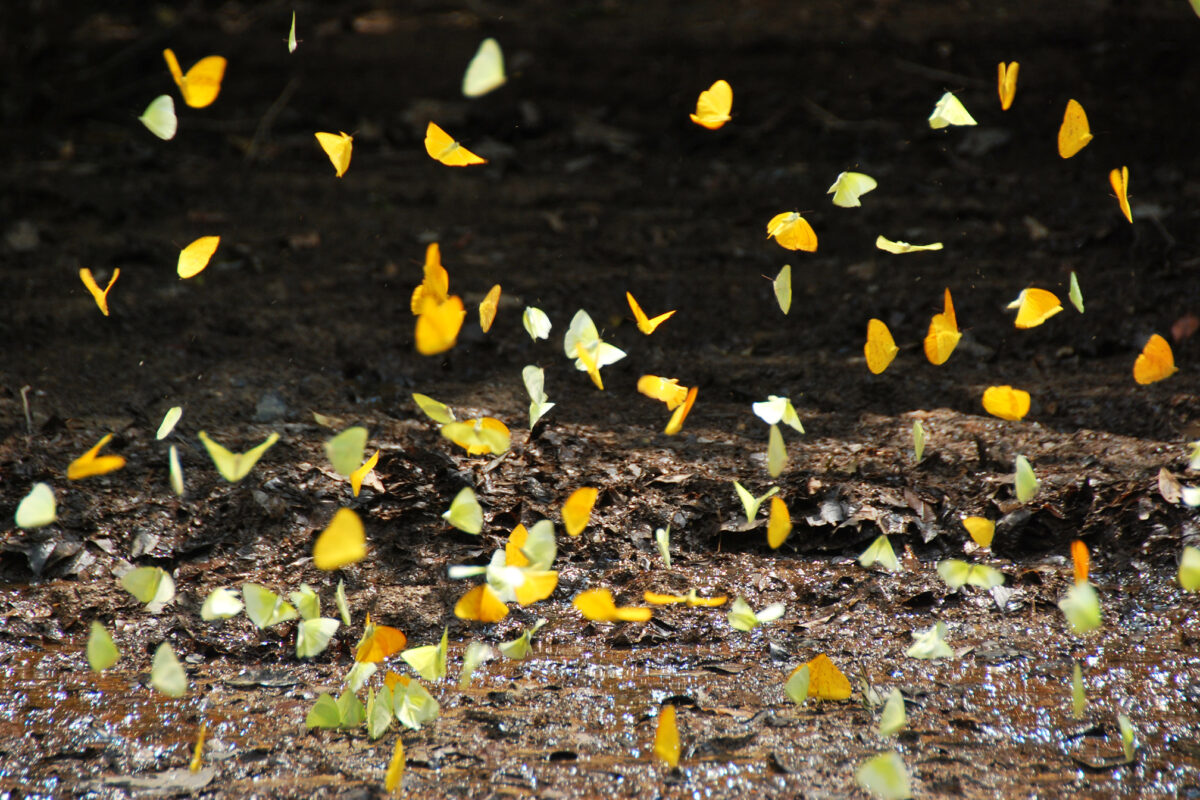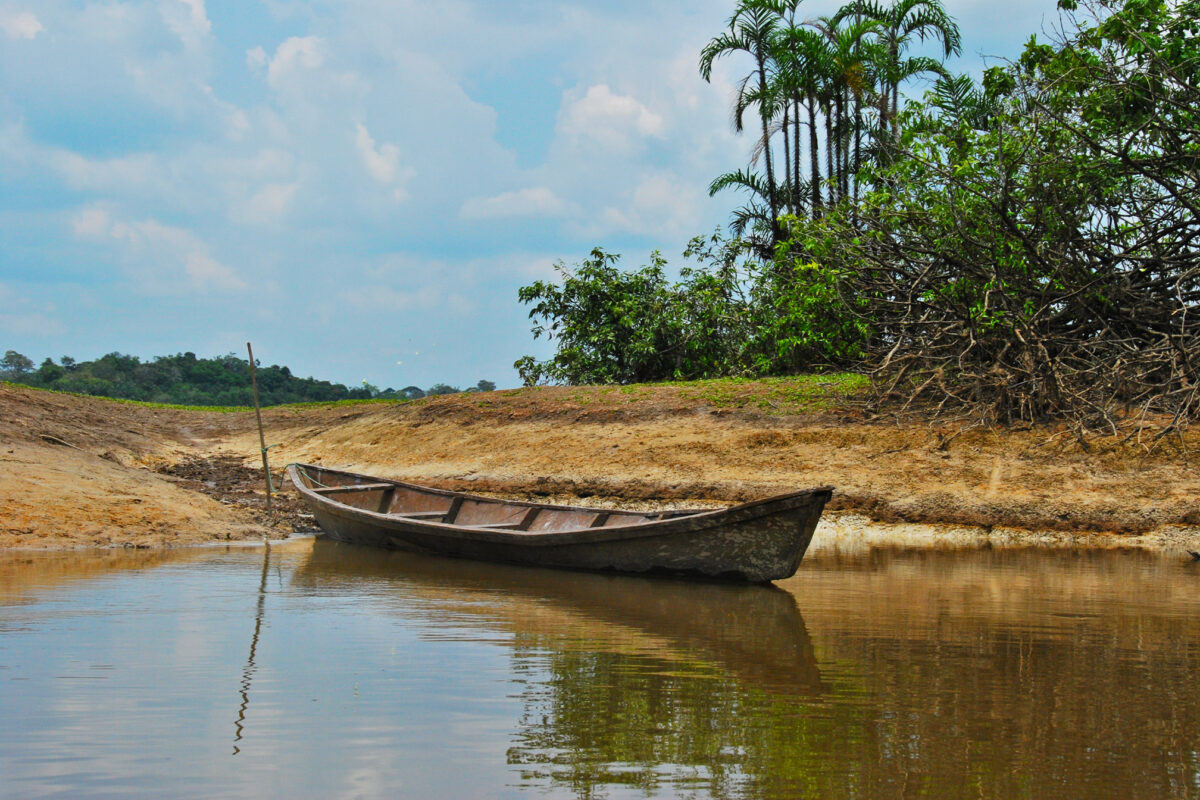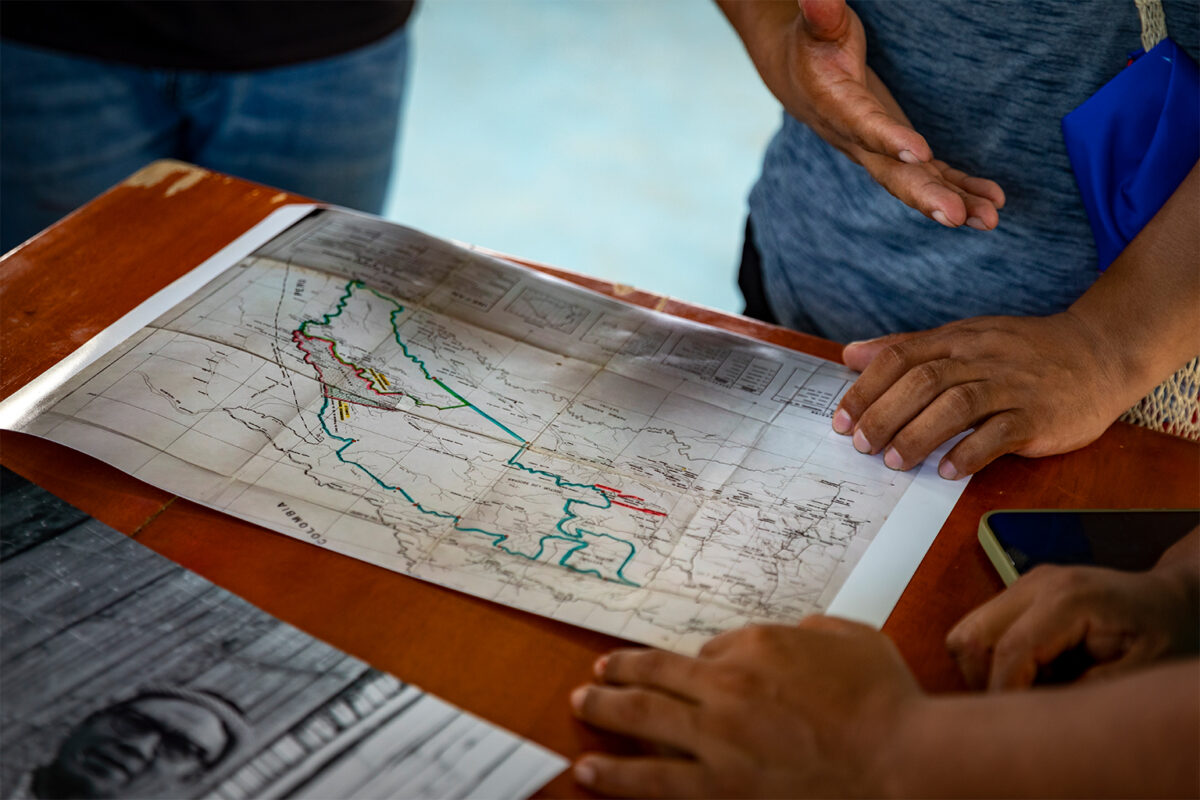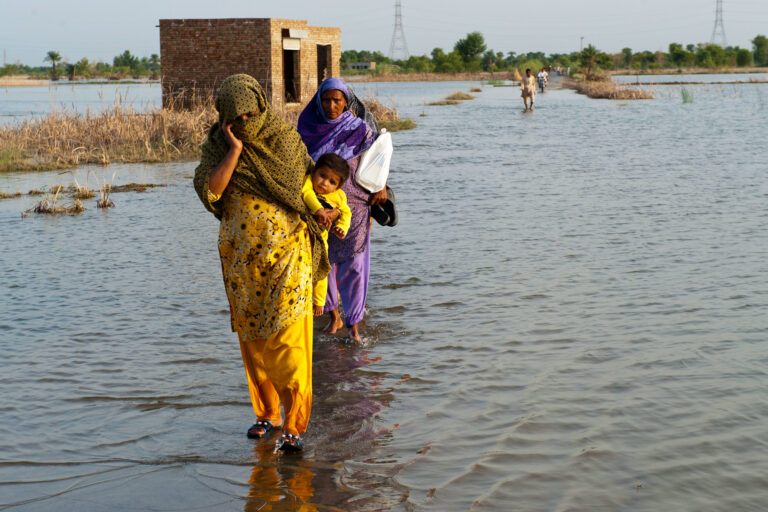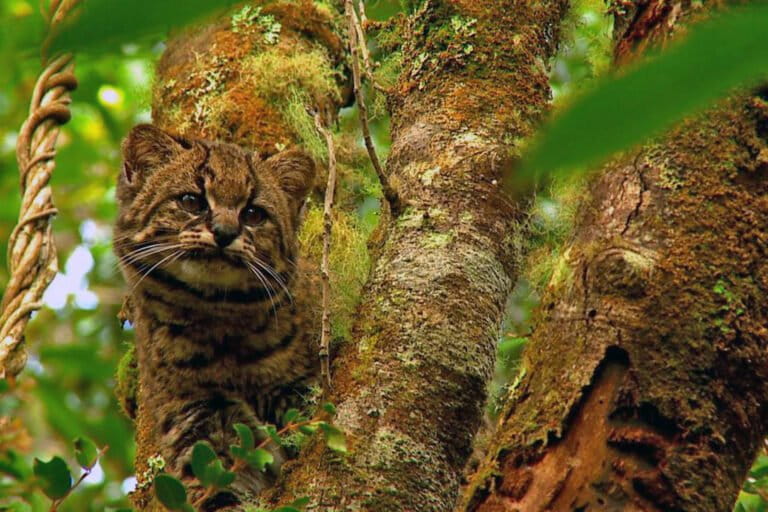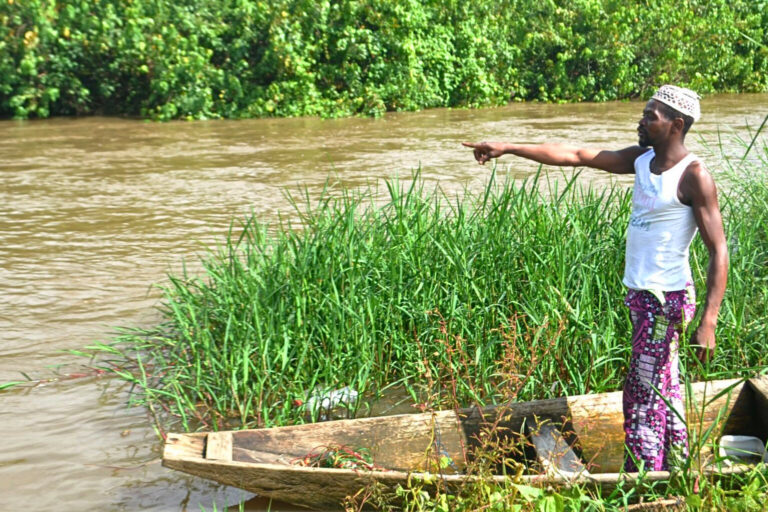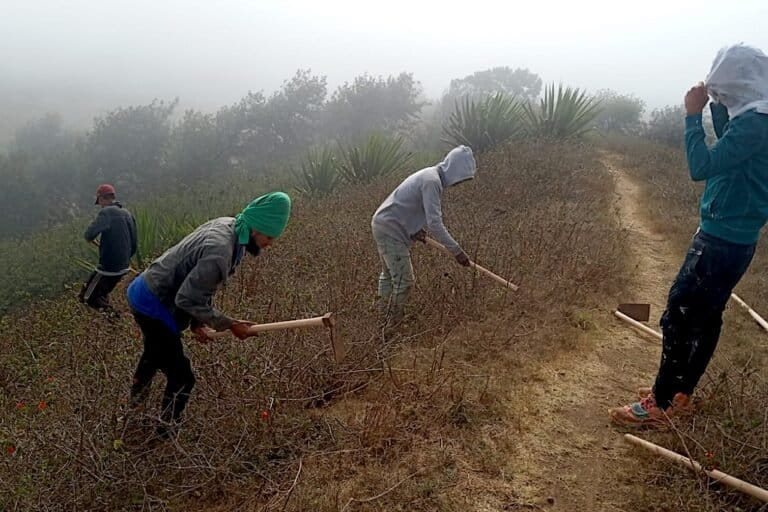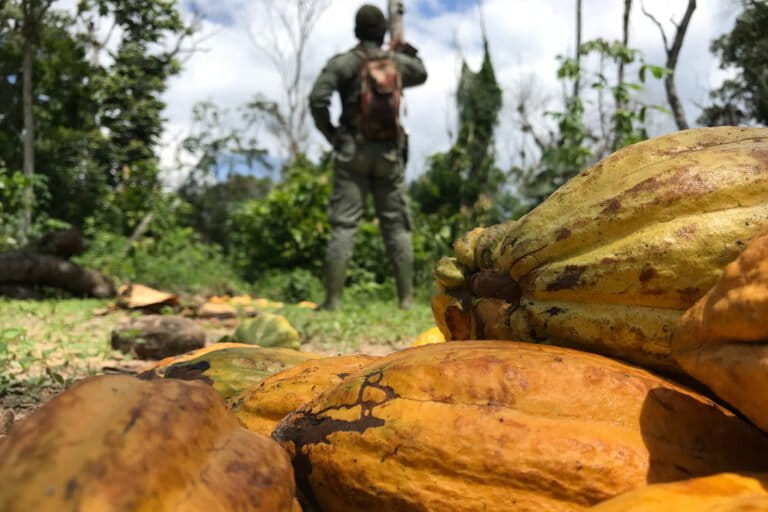“Baby corals” appear in wake of tsunami, cyanide, and dynamite
On December 26th, 2004 an earthquake recorded at a magnitude of 9.3 in the Indian Ocean created a massive tsunami that struck nations across the region. Enormous waves took the lives of nearly 250,000 people while destroying cities and towns in minutes. The tsunami also caused extensive environmental damage, including reef systems along many coastal areas.
Four years after the tsunami researchers from the Wildlife Conservation Society (WCS) have returned to site of the disaster to survey the damaged reefs and work with local communities on preserving this important resource. After exploring sixty sites of coral reef off the coasts of Aceh, Indonesia, the scientists report that reefs damaged by the 2004 tsunami are on the path to recovery. While the tsunami caused considerable damage to the coral reefs, studies after the disaster showed that many reefs had already been devastated by destructive fishing tactics practiced for years, including the use of dynamite and cyanide. A final culprit may be the predatory crown-of-thorns starfish, which feed on coral reefs.
Despite such destruction, the researchers found that in place of dead reefs, “baby corals” have appeared proving that the natural regeneration and colonization process of some coral reefs is fast and efficient.
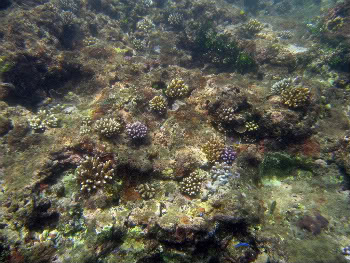 New coral recruits in Aceh. Photo courtesy of WCS. |
“This is a great story of ecosystem resilience and recovery,” said Dr, Stuart Campbell, coordinator of the Wildlife Conservation Society’s Indonesia Marine Program. “Our scientific monitoring is showing rapid growth of young corals in areas where the tsunami caused damage, and also the return of new generations of corals in areas previously damaged by destructive fishing.”
To aid in restoration and preservation of the coral ecosystems, WCS is working to establish community-based coral reef protected areas. The system allows communities to manage their local ecosystems. When reefs are thriving the communities are able to gain economically from them through sustainable fishing and tourism, such as scuba diving.
Some community members have even begun taking an active role in transplanting coral to aid natural recovery. A dive guide on Weh Island, Dodent Mahyiddin, has organized an effort to transplant healthy coral to underwater man-made structures in order to move recovery forward. The effort is working: Mahyiddin reports that coral is re-colonizing the area.
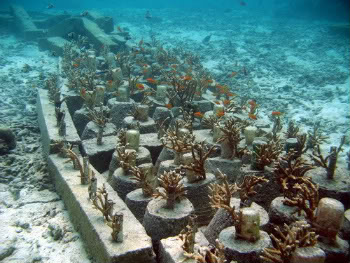 Rubiah coral transplant site. Photo courtesy of WCS. |
“The recovery, which is in part due to improved management and the direct assistance of local people, gives enormous hope that coral reefs in this remote region can return to their previous condition and provide local communities with the resources they need to prosper,” said Dr. Campbell. “The recovery process will be enhanced by management that encourages sustainable uses of these ecosystems and the protection of critical habitats and species to help this process.”
However, the greatest threat to coral worldwide is not tsunamis or destructive fishing, but climate change. Campbell believes that studying the burgeoning coral of Aceh may help guide future conservation decisions. “These findings provide new insights into coral recovery processes that can help us manage coral reefs in the face of climate change,” he said.
WCS scientists worked on this project with the Australian Research Council Centre of Excellence for Coral Reef Studies.
Related articles
Tsunami-producing quake caused mass coral death in Indonesian April 11, 2007
Scientists have reported what is thought to be one of the world’s greatest mass death of corals ever recorded as a result of the earthquake in Aceh, Indonesia on 28 March 2005.
50 years after the blast: Recovery in Bikini Atoll’s coral reef May 27, 2008
Fifty years after atomic bombs rocked Bikini Atoll and pulverized its coral reef, the lagoon again boasts a flourishing coral community.
How long does it take reef fish to recover from overfishing? July 11, 2007
Recovery of fish populations from overfishing can take decades, reports a new study based on 37 years of observations. Writing in the journal Ecological Applications, scientists led by Wildlife Conservation Society (WCS) biologist Dr. Tim McClanahan found that when protected by “no-take” zones, commercially important species such as parrotfish, wrasses, and surgeonfish can take more than twenty years to recover fully from over exploitation. The results show that while recovery is possible, overfished reef systems require long periods of protection to become healthy again.



